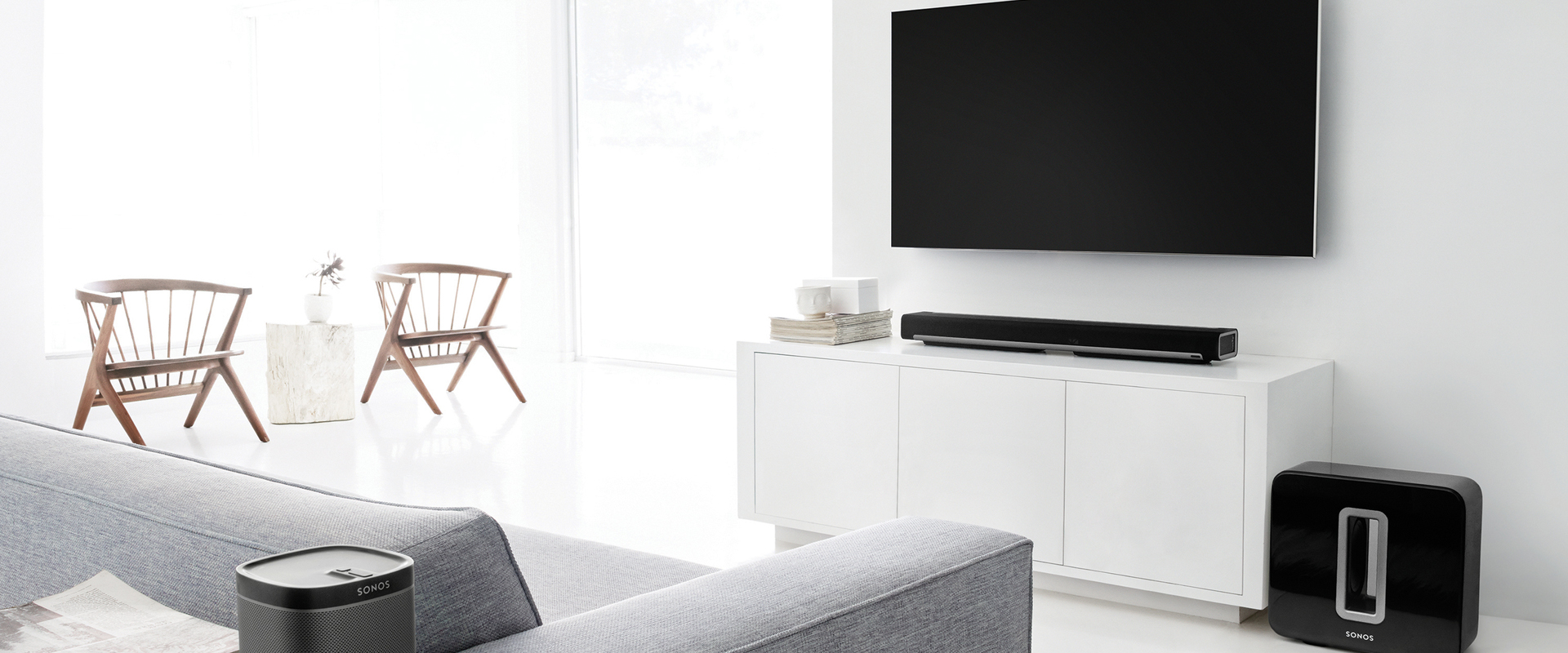Perfecting the Essentials of Audio Flow in AV Equipment for Optimal Output
Wiki Article
To understand how audiovisual equipment functions, it’s crucial to understand the principle of signal. Signal flow denotes the path that audio and video signals take from their origin to their endpoint. This process starts with input devices devices microphones and cameras, which capture audio and images. Understanding this procedure is crucial for anyone who wants to guarantee maximum functionality during events, concerts, or any event that relies on AV technology.

The first step in signal includes input that gather information. For example, a microphone converts audio waves into electric signals. Likewise, a camera converts illumination into video data. These devices function as the starting point for every audiovisual configuration. Once the signals are gathered, they must be sent to a mixing console or a control system that assists to manage the multiple inputs. This component is responsible for adjusting levels, adding effects, and making sure that the signals are clear and distortion-free before they move on to the subsequent stage.
After the mixer, the data must be sent to amplifiers and processors. Amplifiers boost the intensity of audio transmissions, making them more powerful and more powerful. On Go Here the flip hand, video processing units enhance the quality of the image information. These elements are vital for preserving the integrity of the signals as they move through the system. Adequate amplification and tuning guarantee that both sound and visual output are of top quality, which is critical for audience engagement and total experience.
The subsequent stage in signal flow commercial audio visual systems is the output stage stage, where the processed transmissions are delivered to output, such as speakers and projectors. Loudspeakers convert electrical transmissions back into sound, enabling the audience to hear the sound clearly. Projectors display image data on a screen, rendering it accessible to everyone in the location. The way these output are configured can greatly affect the overall performance of the AV setup. For example, the placement of sound systems can affect how sound propagates through a room, influencing how well the audience perceives the sound.
Ultimately, overseeing the signal flow is crucial to guarantee everything functions smoothly during an event. Technicians often use monitoring equipment to check volumes and perform changes in real time. This oversight helps to identify and resolve potential problems that may occur, such as feedback in audio or distortion in visuals. By gaining mastery over the basics of signal, AV technicians can guarantee that each event operates smoothly, delivering a superior experience for everyone involved. Grasping this procedure not only enhances technical skills but also cultivates a deeper understanding for the complex systems that make audiovisual encounters feasible.